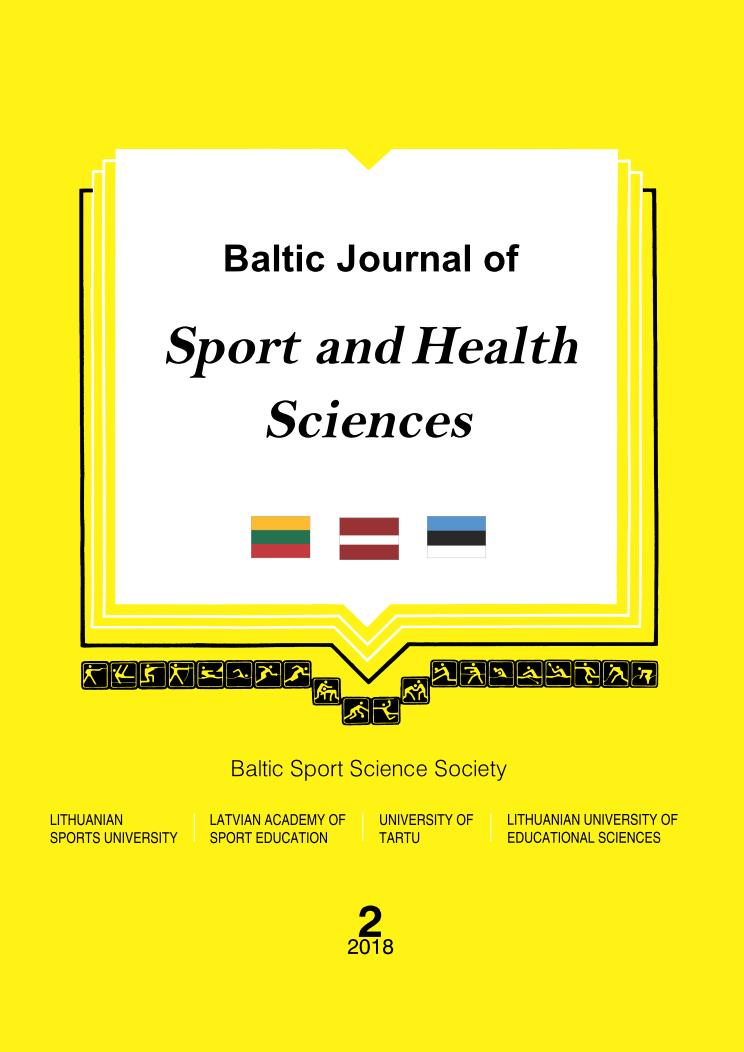Effect of Pilates Method on 6–10-Year-Old Dancesport Dancers’ Physiological Responses
Abstract
Background. Dancesport dancers were investigated aiming at improving their physical qualities, posture, balance, flexibility and endurance. Undoubtedly, the Pilates method is one of the best ways for exercising one’s core muscles and flexibility. However, there is a lack of data in the academic literature concerning the influence of Pilates exercises on dancers’ ftness levels depending on different age groups and ranking. Based on this, the aim of our study was to evaluate the 16-week Pilates exercise effects on 6–10-year-old Dancesport dancers’ physiological responses. Methods. The static deep trunk muscle endurance was tested with pressure measuring device “Stabilizer”, flexibility was assessed using “Sit and Reach” test, static balance – “Flamingo” test and dynamic balance – “Star” excursion test. Research participants were Dancesport dancers (n = 38) who had been practising Pilates (13 girls and 7 boys) and attending a usual dance program (11 girls and 7 boys). Results. After 16 weeks, dancers who had been practicing Pilates method signifcantly improved static and dynamic deep trunk muscle endurance in all positions, static and dynamic balance and flexibility. The dancers that practiced a usual dance program signifcantly improved static deep muscle endurance only in the prone position, dynamic in the supine position, but their dynamic balance, static balance and flexibility did not change signifcantly. Conclusion. Better improvement in 6–10-year-old Dancesport dancers of deep trunk muscle endurance, balance and flexibility was found after 16 weeks of Pilates exercises compared to dancers who practised a usual dance program.
Keywords: Pilates method, Dancesport dancers, deep muscular endurance, balance, flexibility.






